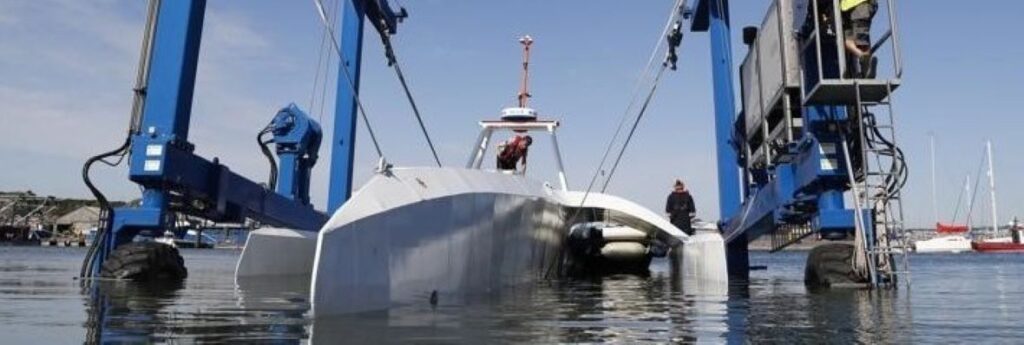A crewless robotic boat that had tried to retrace the 1620 sea voyage of the Mayflower has finally reached the shores of North America – this time in Canada instead of the Massachusetts coast where its namesake landed more than 400 years ago.
The sleek autonomous trimaran docked in Halifax on Sunday, after more than five weeks crossing the Atlantic Ocean from England, according to tech company IBM, which helped build it.
Piloted by artificial intelligence technology, the 15-metre Mayflower Autonomous Ship didn’t have a captain, navigator or any humans on board – though it might have helped to have a mechanic.
“The technology that makes up the autonomous system worked perfectly, flawlessly,” said Rob High, an IBM computing executive involved in the project. “Mechanically, we did run into problems.”
Its first attempt at the trans-Atlantic crossing to Plymouth, Massachusetts, in June 2021 was beset by technical glitches, forcing the boat to return to its home port of Plymouth, England.
It set off again from England nearly a year later on April 27, bound for Virginia, but a generator problem diverted it to Portugal’s Azores islands, where a team member flew in to perform emergency repairs. More troubles on the open sea came in late May when the US-bound boat developed a problem with the charging circuit for the generator’s starter batteries.
AI software is getting better at helping self-driving machines understand their surroundings and pilot themselves, but most robots can’t heal themselves when the hardware goes awry.
Non-profit marine research organization ProMare, which worked with IBM to build the ship, switched to a back-up navigation computer on May 30 and charted a course to Halifax – which was closer than any US destination. The boat’s webcam on Sunday morning showed it being towed by a larger boat as the Halifax skyline neared – a safety requirement under international maritime rules, IBM said.

